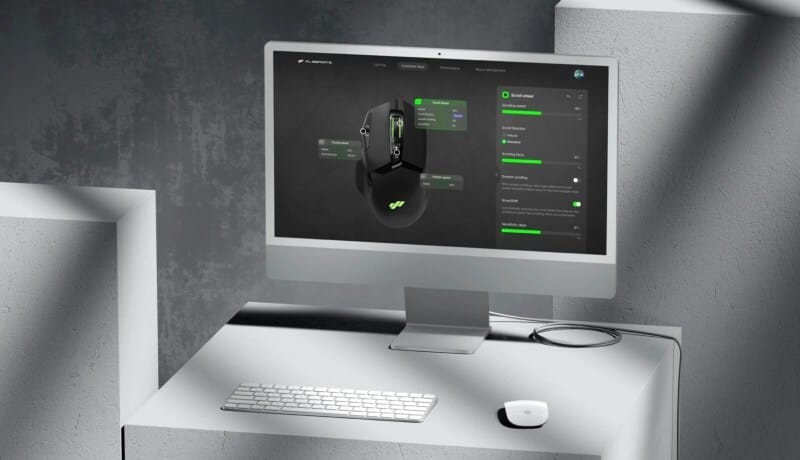By Alex Xie
From May 16 to 23, 2025, a large-scale international art exhibition “Fractured Horizons”—jointly organized by VSDesign and the PI Art Center—was staged simultaneously in New York and New Jersey. As an official highlight of the 2025 NYCxDESIGN Festival, the event drew outstanding artists and designers from around the globe.
Centering on an artistic exploration of humanity’s industrial legacy and the imagined landscapes of a post-human future, the exhibition asks: “Living in a present still anchored to an anthropocentric worldview, our eyes meet the relics of industrial civilization while our minds speculate on post-human spaces yet to come; realities and imagined vistas continually interweave.”

Within this theme, participating artists reflect on the evolution of built environments during industrialization, examine the dual inheritance of technological prosperity and ecological decline, and probe the bittersweet nostalgia for the machine age—and the complex emotions provoked by an unknown future in which technology and ecosystems collaboratively shape tomorrow’s cities.
Through its unique perspective and penetrating questions, “Fractured Horizons” offers viewers an artistic feast where reality converges with imagination and past dialogues with the future. The exhibition featured contributions from prominent creators such as visual artist Dominic Terlizzi, known for his curatorial leadership and multidisciplinary practice across the U.S.; painter Qin Zhao, a leading figure in contemporary Chinese literati art; and muralist Chenlin Tsai, whose work bridges fine art and Asian-American cultural storytelling through large-scale public murals.

Among these voices, Wang and Du introduced F‑Sync, a centralized hub for controlling and customizing e-sports equipment like keyboards and mice. The platform offers real-time monitoring, RGB lighting sync, macro setup, and insights through behavioral data visualization. What sets F‑Sync apart is its commitment to accessibility, offering features like virtual key customization, simplified UI options, and alternate input mappings—allowing users with disabilities or neurodivergent traits to personalize how they engage with technology.
Minzhou Wang serves as the first UX/UI designer at Husqvarna Professional Products North America. Her expertise lies in robotic mowers and intelligent horticultural systems, with a focus on user research, interaction design, and usability testing. She is dedicated to making complex automation technologies easier to understand, use, and trust for both homeowners and commercial clients. In tune with the Fractured Horizons theme, her design philosophy looks at how tech and user interfaces can help bridge the widening gap between humans, machines, and the natural world.

Peijin Du is a UX and product designer with accolades and a strong foundation in emerging tech and inclusive design. Currently working at Esri as a Product Designer, she creates intuitive mobile experiences for Map SDKs that enhance workflow and accessibility. Her design practice explores the balance between cutting-edge innovation and inclusive access, striving to mend the disconnect between people, technology, and society. She imagines a future where technology is a compassionate, flexible partner—one that listens and adapts to the community’s needs.
Created through a detailed, user-focused design process, the platform strikes a balance between professional-level functionality and ease for beginners. F‑Sync provides insights into device use patterns, input delay, and frequency, helping players better understand and tweak their performance. Its modular architecture also means it can grow with users’ needs over time.
At the May 16 opening, F‑Sync drew attention for its clear vision, technical sophistication, and inclusive approach. It encouraged visitors to consider not just how we interact with technology, but how we can design tools that adjust to people—instead of forcing people to adapt to them.
Through F‑Sync, Wang and Du spark a broader dialogue on the future of human-machine relationships. Their project is a compelling example of how empathetic, inclusive interface design can create space for authenticity, diversity, and personal expression in a world increasingly shaped by digital systems.
The post Fractured Horizons: Reimagining Control and Accessibility through F Sync appeared first on Moss and Fog.
